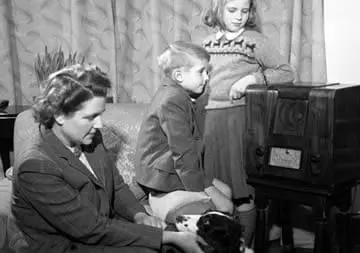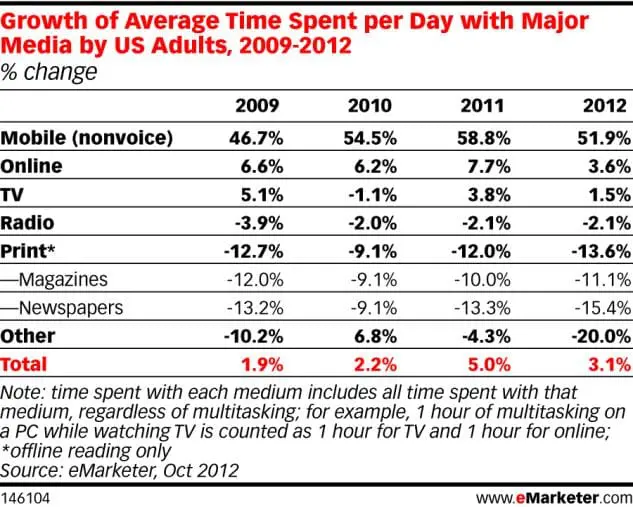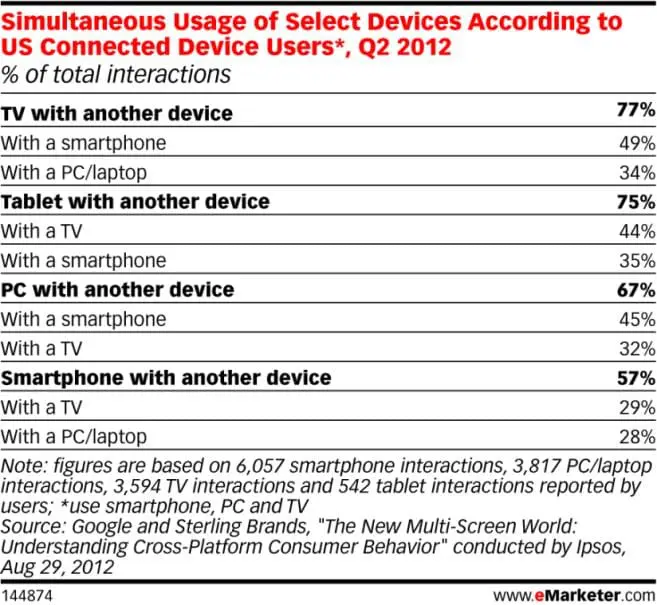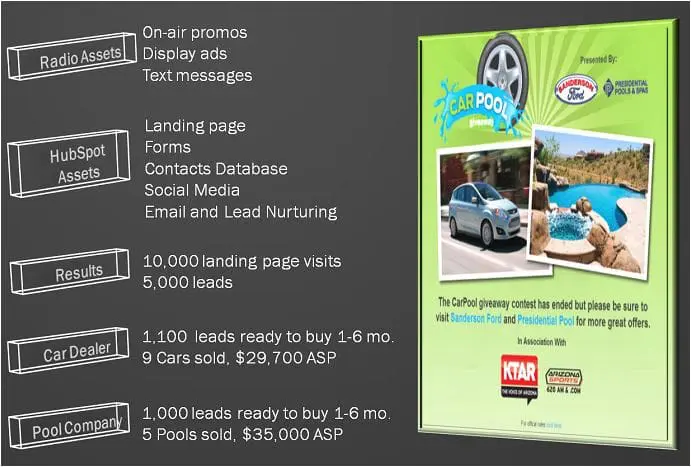Traditional media companies are expected to lose up to $1.7b in advertising revenue this year. How does your newspaper, magazine, TV or radio station plan to replace it?
 Media companies (magazines, newspapers, TV stations, radio stations, and online publishers) have been communicating with their audiences for years. Commercial radio in the United States has been around since 1921, and has become a trusted outlet for news and information about local events, new products and services.
Media companies (magazines, newspapers, TV stations, radio stations, and online publishers) have been communicating with their audiences for years. Commercial radio in the United States has been around since 1921, and has become a trusted outlet for news and information about local events, new products and services.
In Norman Rockwell’s America, families sat around the radio during the evening for their news and entertainment, but modern life has changed everything and created two major problems for radio: differentiating their services to advertisers and staying relevant to listeners.
Why media companies are struggling
The digital age has completely changed the way we consume our news and entertainment, the way we search for products and services, and the way advertisers use media to engage with consumers. Average time spent with mediums like radio and print have declined as much as 15.4% in 2012, according to research published by eMarketer.

Coupled with this decline, the time spent with these mediums are now highly fragmented. According to eMarketer, 57% of people use smartphones, 67% use PC’s, 75% use tablets, and 77% use TV’s while also using another device. Captive audiences are a thing of the past and media companies are struggling to adapt to these changes.

Media companies also struggle with maintaining relevance in this increasingly multi-source, multi-platform environment. Will I listen to jazz tonight on the local NPR station or turn on Spotify? Will my morning news come from the newspaper, radio, or online? And if online, will I choose a newspaper or radio website, or one of the increasingly popular news aggregator sites?
Leveraging existing content with content marketing
One thing that ALL media companies have in common is that they have a huge amount of content. While many companies struggle to create a couple blog posts a week, media companies generate tens and hundreds of articles a week in text, podcast or video. This “content databank” is a huge resource for an inbound marketing program coupled with strong analytics.
The analytics help to determine which content items and formats are resonating with which market segments. When these preferences are known, it’s relatively easy to get people the information they want at the time they want it (and in the format they prefer).
Broadcast and publishing companies also have difficulty proving tangible ROI to advertisers. Demonstrating exactly how many leads and sales are generated as a direct result of an advertiser’s campaign investment can be a challenge. Inbound marketing can make a huge impact in this area, too.
The KTAR car pool giveaway
An example of a successful inbound marketing campaign like this was run by KTAR, a news and sports radio station in Arizona. Consumers could enter to win a new car or a new pool. KTAR Radio in Phoenix combined their broadcast assets and smart inbound marketing to generate:
- 10,000 landing page visits
- 5,000 leads
- 1,000 leads in purchase mode
- Over $440,000 in sales
in a four-week promotional campaign for one of their advertisers.

The promotion was called the Car Pool Giveaway – where consumers could enter to win a new car, or a new pool. A combination of their assets and inbound marketing assets – on-air promos, display ads, text and social media drove over 10,000 visits to the landing page, which converted the traffic to 5,000 leads.
- 1,100 of the leads identified that they were in the market to buy a car in the next 1-6 months.
- 1,000 leads identified that they were in the market to purchase a pool in the next 1-6 months.
- The leads were given to the respective advertisers for sales follow-up and KTAR also developed email lead nurturing campaigns to continue to drive leads down the purchase funnel for both advertisers.
- The car dealer sold 9 cars.
- The pool company sold 5 pools.
Both advertisers continue to receive warm leads directly attributed to this campaign. That’s a pretty tangible ROI! And both advertisers deemed the campaign the most effective radio program to date.
In addition to the revenue that the station generated for its advertisers, KTAR also generated $125,000 in incremental revenue by repackaging their digital solutions and upselling their existing advertisers. This was truly a win-win-win solution for KTAR and its listeners and advertisers!
Learn how your media company can benefit from combining digital inbound marketing with your traditional advertising to benefit both your advertisers and your company — talk with us about your advertising clients.





